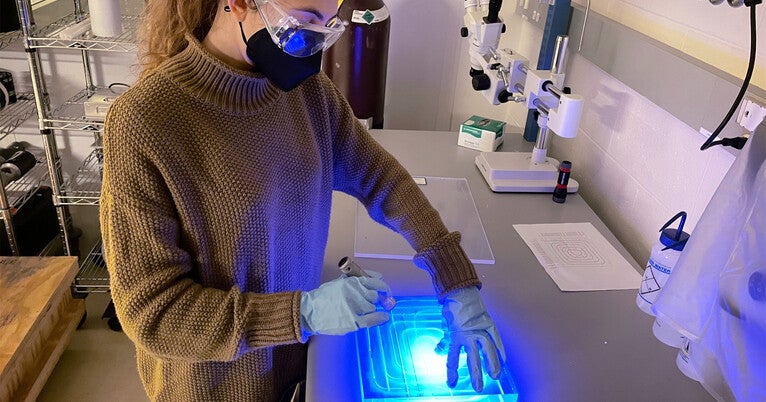
Deep beneath the Gran Sasso mountain in Italy, a team of international researchers is on the brink of potentially rewriting the Standard Model of Particle Physics. Their ambitious experiment, the Cryogenic Underground Observatory for Rare Events (CUORE), has reached a significant milestone by collecting two ton-years of data. This marks a crucial step in their quest to document the elusive phenomenon known as “neutrinoless double beta decay.”
CUORE, which involves scientists from prestigious institutions such as Yale University, is dedicated to exploring the rare nuclear particle decay. Unlike the proven “double beta decay,” where two neutrons transform into two protons while emitting two electrons and two antineutrinos, the neutrinoless variant theorizes that no antineutrinos are produced. If confirmed, this would suggest that neutrinos and antineutrinos are identical, implying that a neutrino is its own antiparticle.
Understanding the Rare Decay
In a recent publication in the journal Science, CUORE researchers have utilized their extensive dataset to establish new constraints on the frequency of neutrinoless double beta decay in tellurium atoms. Their findings suggest that this process occurs no more than once every 50 septillion years, or once every trillion trillion years.
Central to the success of this research is a sophisticated algorithm designed to eliminate extraneous “noise.” This includes a wide range of vibrations, from the subtle sounds of nearby conversations to the distant rumble of ocean waves and even seismic activity from earthquakes around the globe. This noise-cancelling technology operates on a grand scale, akin to headphones but for scientific data collection.
“The focus of this data release is understanding sources of external vibrations and learning how to subtract that from our data to better search for this extremely rare decay,” said Reina Maruyama, a professor of physics and astronomy at Yale and a member of the CUORE team.
The Significance of Noise-Cancelling Technology
The development and implementation of this noise-cancelling algorithm represent a significant technological advancement. By filtering out irrelevant data, researchers can hone in on the faint signals that could indicate the occurrence of neutrinoless double beta decay. This precision is crucial in a field where even the slightest interference can obscure critical findings.
The application of such technology is not only a testament to human ingenuity but also a reflection of the collaborative spirit of modern scientific research. By leveraging expertise across disciplines and institutions, the CUORE project exemplifies the power of teamwork in tackling some of the universe’s most profound mysteries.
Implications for the Future of Physics
The implications of confirming neutrinoless double beta decay are profound. Such a discovery would challenge existing theories and potentially lead to a new understanding of the fundamental particles that constitute our universe. It would also provide insights into the asymmetry between matter and antimatter, a puzzle that has long intrigued physicists.
Looking ahead, the CUORE team is poised to continue their groundbreaking work, with future experiments planned to further refine their measurements and explore additional isotopes. As technology continues to evolve, so too does the potential for new discoveries that could reshape our understanding of the cosmos.
In the grand tapestry of scientific exploration, the CUORE experiment stands as a beacon of innovation and perseverance. As researchers delve deeper into the mysteries of particle physics, their findings may one day unlock the secrets of the universe, offering a glimpse into the very fabric of reality.





